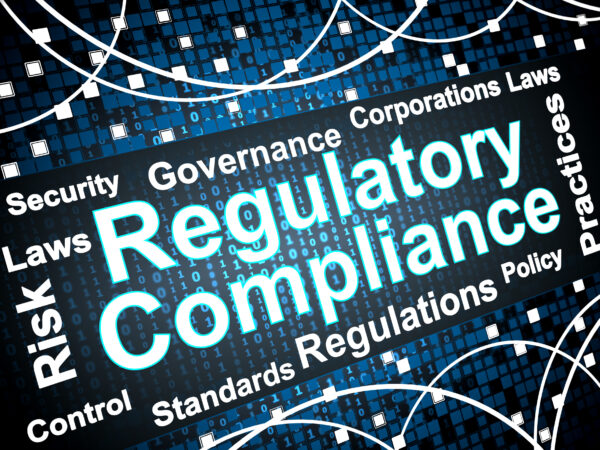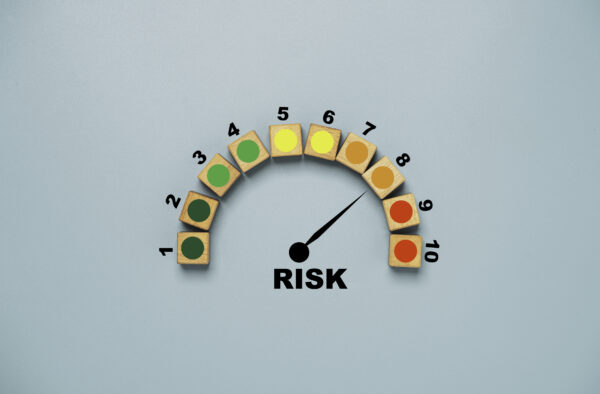Organizations face a crucial decision when it comes to digitizing their records: prioritize efficiency or security?
While this choice may seem challenging, it’s essential to consider both aspects to ensure a successful digitization project. Striking a balance between efficiency and security is the key to harnessing the benefits of digitization effectively.
In this article, we’ll explore the advantages of efficiency and security in digitization projects, how they intersect, and strategies to navigate this dichotomy.
Digitization Efficiency
Efficiency plays a pivotal role in digitization, offering several advantages:
Cost Reduction
One of the primary benefits of digitization is cost reduction. Converting physical records into electronic format minimizes the time and resources spent on searching for information. Digital records streamline the data retrieval process, translating into cost savings.
Additionally, digitized records eliminate the need for physical storage space, reducing associated expenses. Instead of allocating office space or renting storage facilities, electronic records become the primary method of recordkeeping, further limiting costs.
Increased Productivity
Digitization enhances productivity by facilitating faster data transfer among individuals. Automation of repetitive tasks becomes possible with digital records, improving overall efficiency and enabling quicker data processing and analysis and facilitating decision-making.

Improved Collaboration
Digital records promote collaboration as they can be rapidly disseminated throughout an organization. Unlike physical records that require multiple copies or revisions, digitized records are easily shared and collaborated upon, creating a more efficient working environment.
Enhanced User Experience
The user experience is elevated through digitization. Prompt provision of requested information, irrespective of physical presence, enhances user satisfaction. Also, quicker response times and the availability of self-service options enhance the benefits of digitization.
Security
Prioritizing security in digitization projects is essential, with benefits that include:
Data Protection
Protecting data is paramount in digitization. Various methods can be employed to secure data, including:
- Permission-Based Access: This approach restricts access to designated records, ensuring that only authorized individuals can view them.
- IP Address Filters: Enhance security by allowing access to electronic records only from specific IP locations, safeguarding sensitive information.
- Multi-Factor Authentication (MFA): MFA adds an extra layer of security by requiring users to authenticate using multiple verification methods, reducing the risk of unauthorized access.
Regulatory Compliance
Many industries must adhere to strict regulations, such as CJIS for law enforcement, HIPAA for medical records, and FERPA for student records. Compliance is critical to data protection, and independent audits, like SOC 2 Type II audits, help confirm adherence to procedures.

Addressing The Dichotomy Between Efficiency & Security
As organizations navigate digitization projects, they often grapple with the trade-off between efficiency and security:
Efficiency May Lead to Security Vulnerabilities
Focusing too much on efficiency can inadvertently lead to security vulnerabilities. Organizations might prioritize speed over security measures, creating exploitable weaknesses.
Stringent Security Measures May Hinder Efficiency
On the other hand, stringent security measures, such as MFA and IP address filters, can slow down processes, impeding employee efficiency.
To address the tension between efficiency and security, organizations can adopt several strategies:
Risk Assessment
Regular risk assessments help identify potential threats and vulnerabilities associated with digitized processes, guiding security investments and gap-filling efforts. Instead of doing everything at once, the focus is on critical areas and continually reviewed and addressed.

Security by Design
Incorporate security considerations into the design and development of systems and applications from the outset to minimize post-implementation security retrofits.
User Education
Training users on security procedures, such as MFA, IP address filters, and permissions-based access, ensures effective utilization of digitized records, enhancing efficiency. The more someone is comfortable using tools, the more efficient they’ll be.
Continuous Monitoring
Real-time monitoring and incident response mechanisms help detect and respond to security threats promptly, bolstering overall security.

Compliance Management
Staying informed about relevant industry regulations ensures alignment with security best practices while facilitating efficient record usage.
Adaptive Security
Adjust security measures according to evolving threats and organizational needs to strike a balance between efficiency and security.
Investment in Technology
Invest in security technologies like threat detection and encryption to fortify security without compromising efficiency, thus ensuring the safety of your records.
Putting It All Together
The question of whether to prioritize efficiency or security in digitization projects is complex and sometimes tricky. As we’ve explored in this article, both efficiency and security offer benefits, but striking the right balance between them is essential for a successful digitization effort.
Efficiency, with its cost-saving measures, increased productivity, improved collaboration, and enhanced user experiences, can transform an organization’s operations and drive it towards an adaptive, more agile future. However, the pursuit of efficiency should not blind you to the need for robust security measures.
Security, with its focus on data protection, permission-based access, IP address filters, multi-factor authentication, and regulatory compliance, is the guardian of our digital assets. Neglecting security in the quest for efficiency can lead to vulnerabilities that may compromise not only data but also an organization’s reputation and trustworthiness.
Organizations must recognize that efficiency and security are not opposing forces but complementary aspects of a well-executed digitization strategy. It’s a balancing act, and when done right, it empowers organizations to harness the full potential of digitization while safeguarding their most valuable resource: their data.
Next Steps
Reach out to us today! Click the “Get Your Quote” button below, fill out the form, and we’ll quickly reply to you to discuss your project.
Further Reading
5 Vetting Questions For A Document Scanning Service
How do you choose who you’ll work with for your document scanning project? In this article we’ll give you five vetting questions that should get you started on the right foot.
Digitization Projects & Compliance Standards
Digitization projects require more than just machines and labor – they require compliance with established processes and standards to ensure records are handled and protected properly.
Is It Safe To Use Record Scanning Services?
Worried about the safety of your records when you hire a scanning service company? Learn about security considerations for your project and compliance standards that can help guide your decision.

